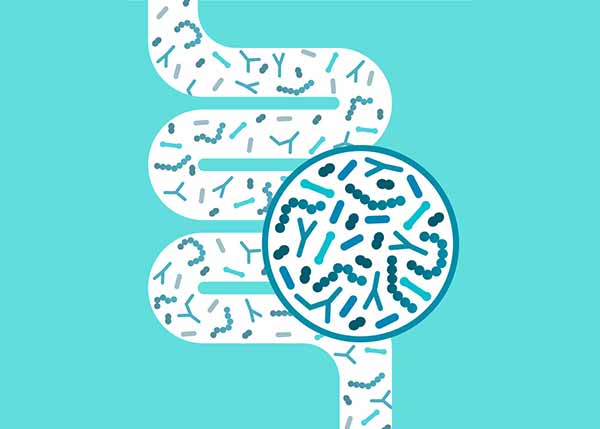The Differences Between Probiotics, Prebiotics & Postbiotics
Found in fermented foods, such as yogurt, kefir and kombucha, as well as dietary supplements, probiotics are live microorganisms (mainly bacteria and yeasts) that impart health benefits to the body when consumed. Which benefits depend on the strain of bacteria. However, in general, probiotics help maintain a healthy population of microbiota (or flora) living in the gut, positively affecting digestion and overall well-being.
Prebiotics are nutrients, such as dietary fibers and minerals, that feed and promote the growth of the healthy bacteria living in the gut. In other words, prebiotics are the food probiotics need to thrive; without prebiotics, probiotics often don't perform as well.
Unlike probiotics, postbiotics are not living microorganisms, but rather nonviable microbial cells that provide health-promoting properties when consumed. Referred to as the probiotic paradox, scientists have long known that many of the beneficial effects obtained from live cells can also be obtained by consuming a population of dead cells.

Your gut microbiome is a collection of trillions of microscopic organisms living in your digestive tract (the majority residing in your large intestine). And while we often think of bacteria and other microorganisms as bad or harmful, the good bacteria in your gut play a crucial role in many aspects of your health, including for your immune system, heart and body weight.
According to the International Scientific Association for Probiotics and Prebiotics (ISAPP), postbiotics are defined as preparation of inanimate microorganisms that confers a health benefit to the host.
In order to be a postbiotic, live bacteria must undergo a deliberate process to terminate cell viability. In the case of IMMUSE, a unique strain of lactic acid bacteria, LC-Plasma (Lactococcus lactis strain Plasma), was heat-treated (or killed) turning it into a postbiotic with the same mechanism of action.
The key component of pDC activation is retained in the cellular material; therefore, both live and heat-killed LC-Plasma work the same way. However, nonviable biotics are much easier to work with and more convenient to store and take.
Learn More About IMMUSE® Postbiotic
Postbiotics vs. Prebiotics
While both probiotics and postbiotics provide a variety of health benefits, postbiotics (being nonviable) are more stable, convenient and flexible than live bacteria and yeasts. They also don’t require refrigeration or special handling, making postbiotics easier to ship, store and integrate into formulations.
- No viability issues or special storage
- More stable and heat resistant
- Easy-to-formulate with vs. probiotics
IMMUSE® is a cutting-edge postbiotic clinically shown to activate your body's natural defenses at the cellular level to provide more comprehensive immune support in a single ingredient. Due to its stable nature, long shelf-life and flexible formulation, IMMUSE can be used in a variety of applications, including tablets, capsules, gummies, and functional foods and beverages.
Are You a Product Manufacturer?
Formulators and product manufacturers interested in the latest breakthrough in immune health, look to IMMUSE for the highest quality and safety standards, flexible formulation and clinically researched immune support.
Visit our manufacturers' page to discover why IMMUSE postbiotic is the perfect ingredient for your next immune health product.

